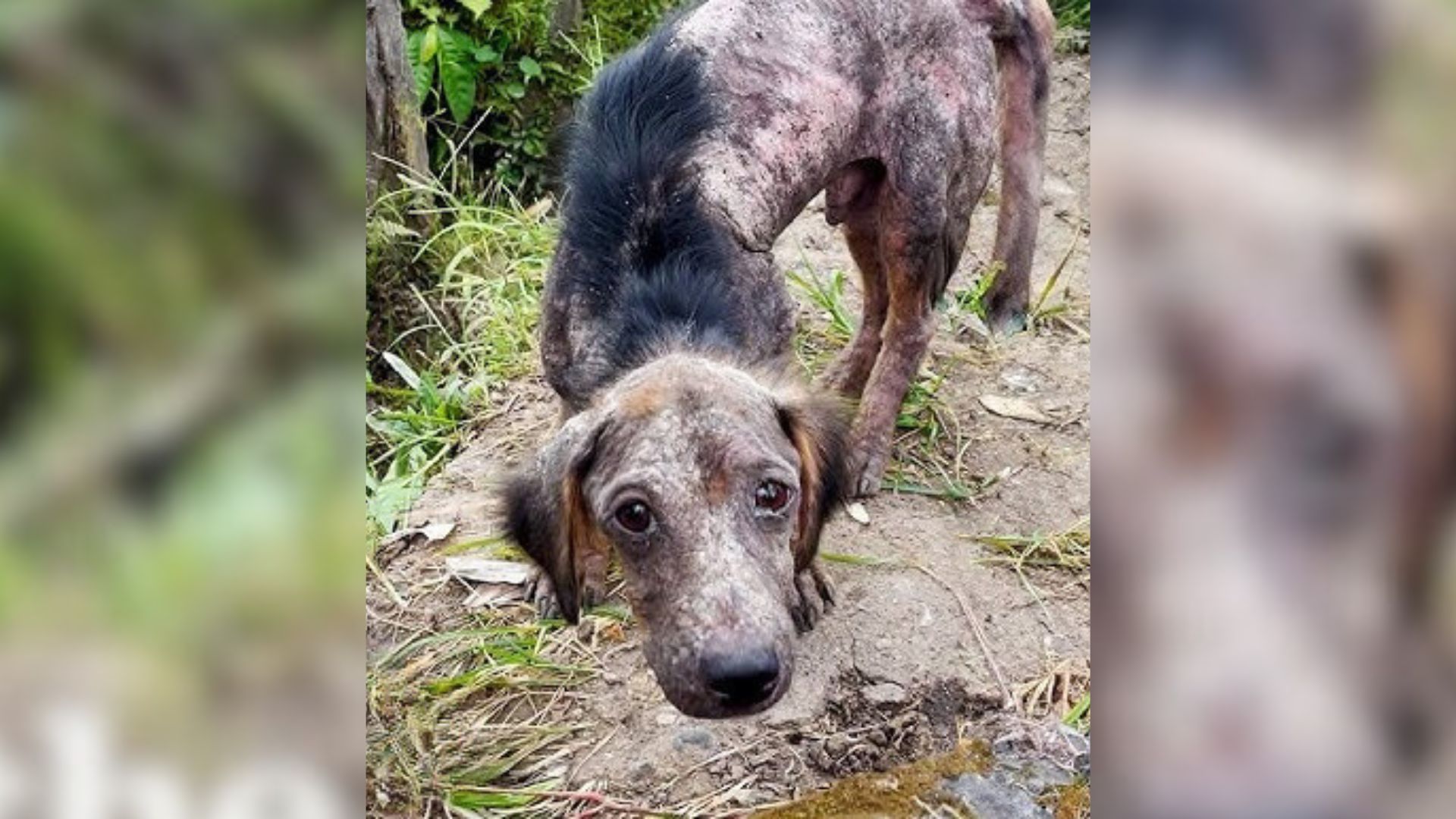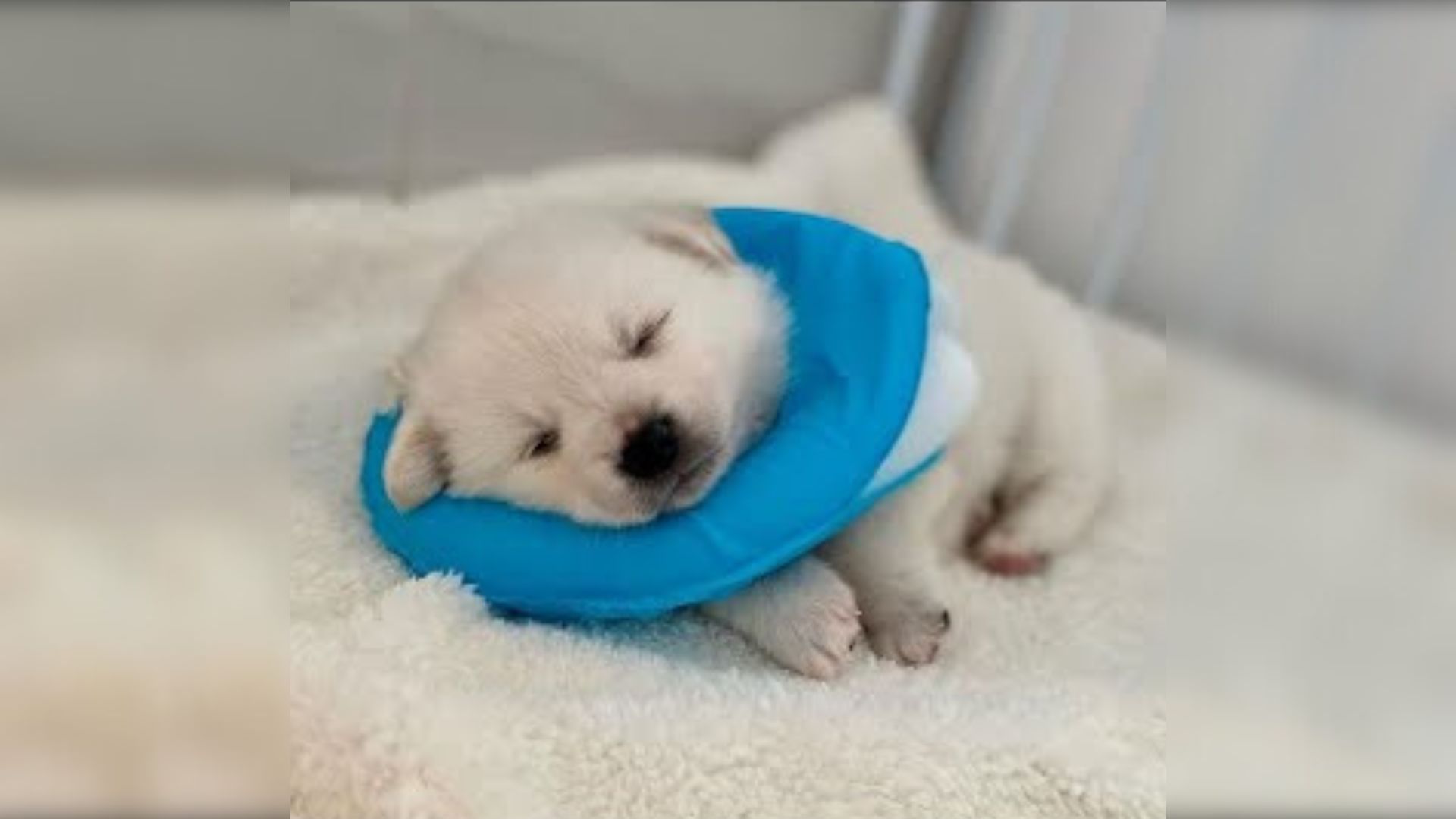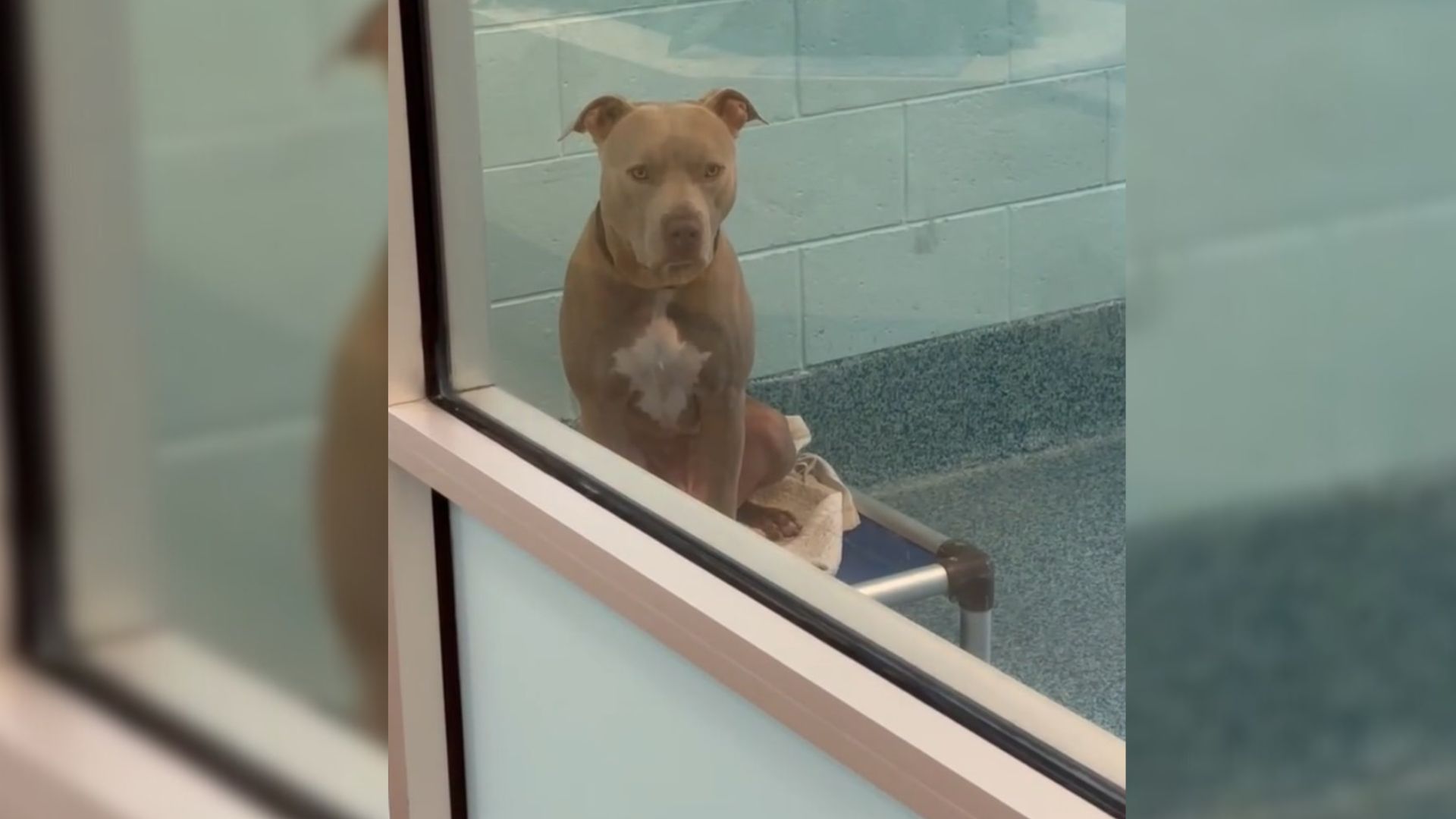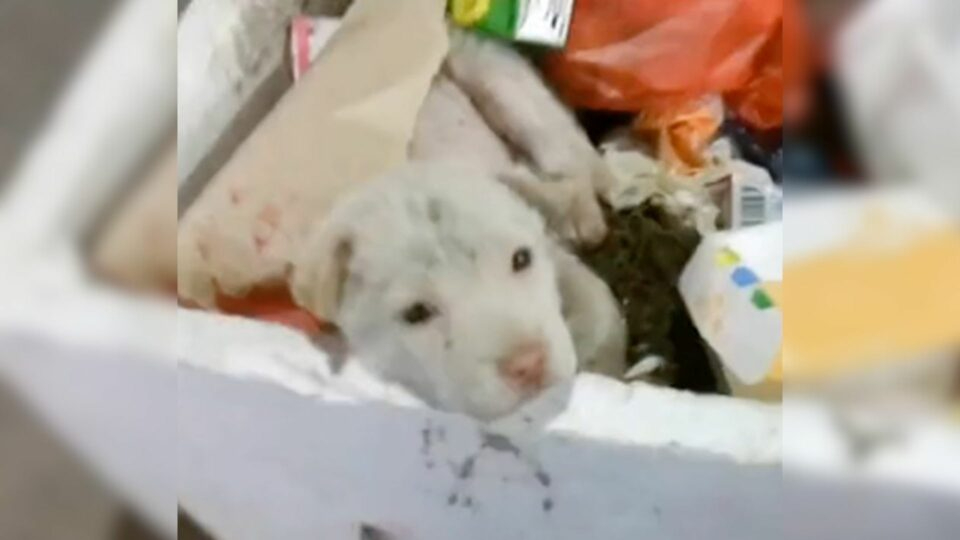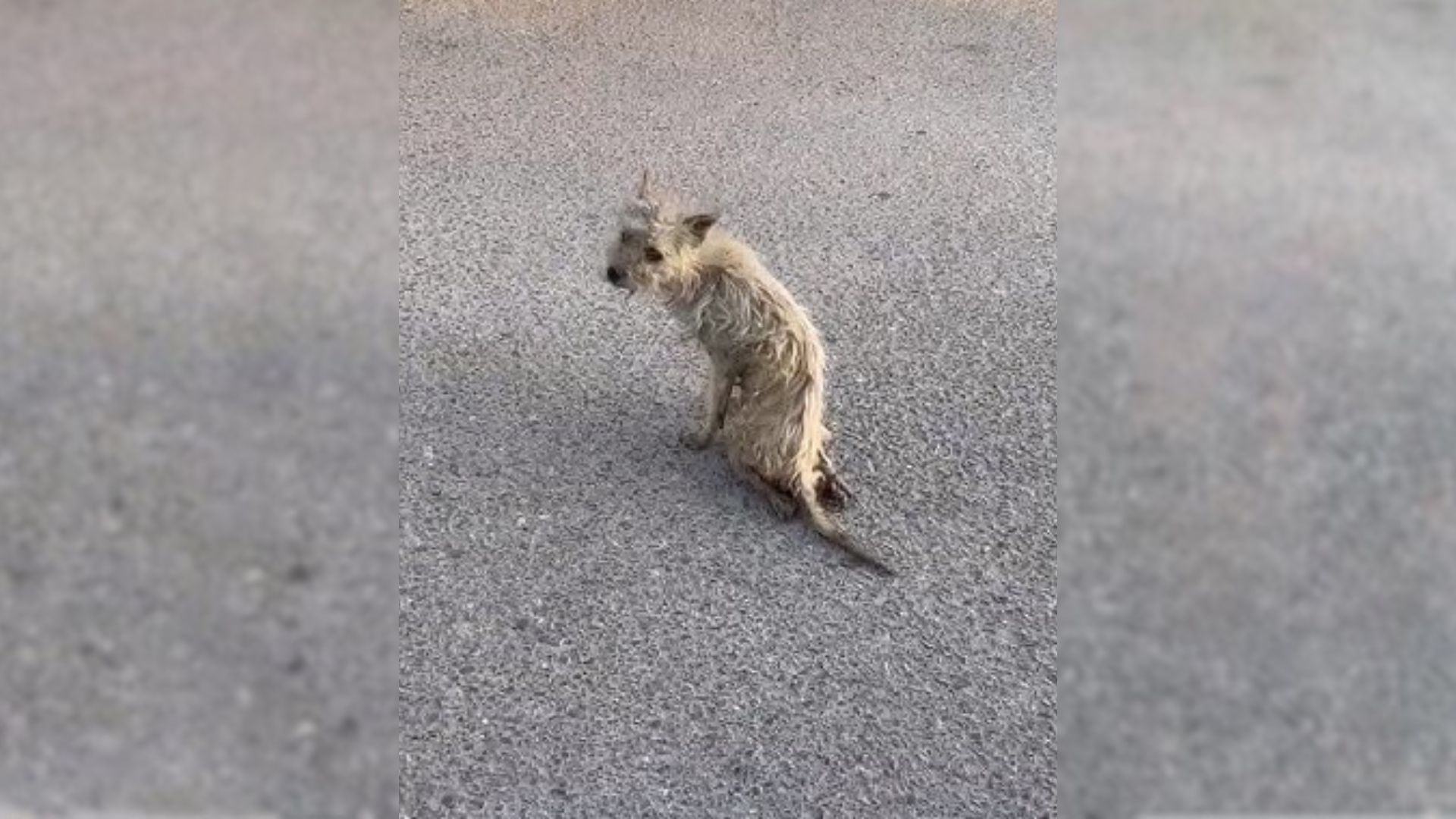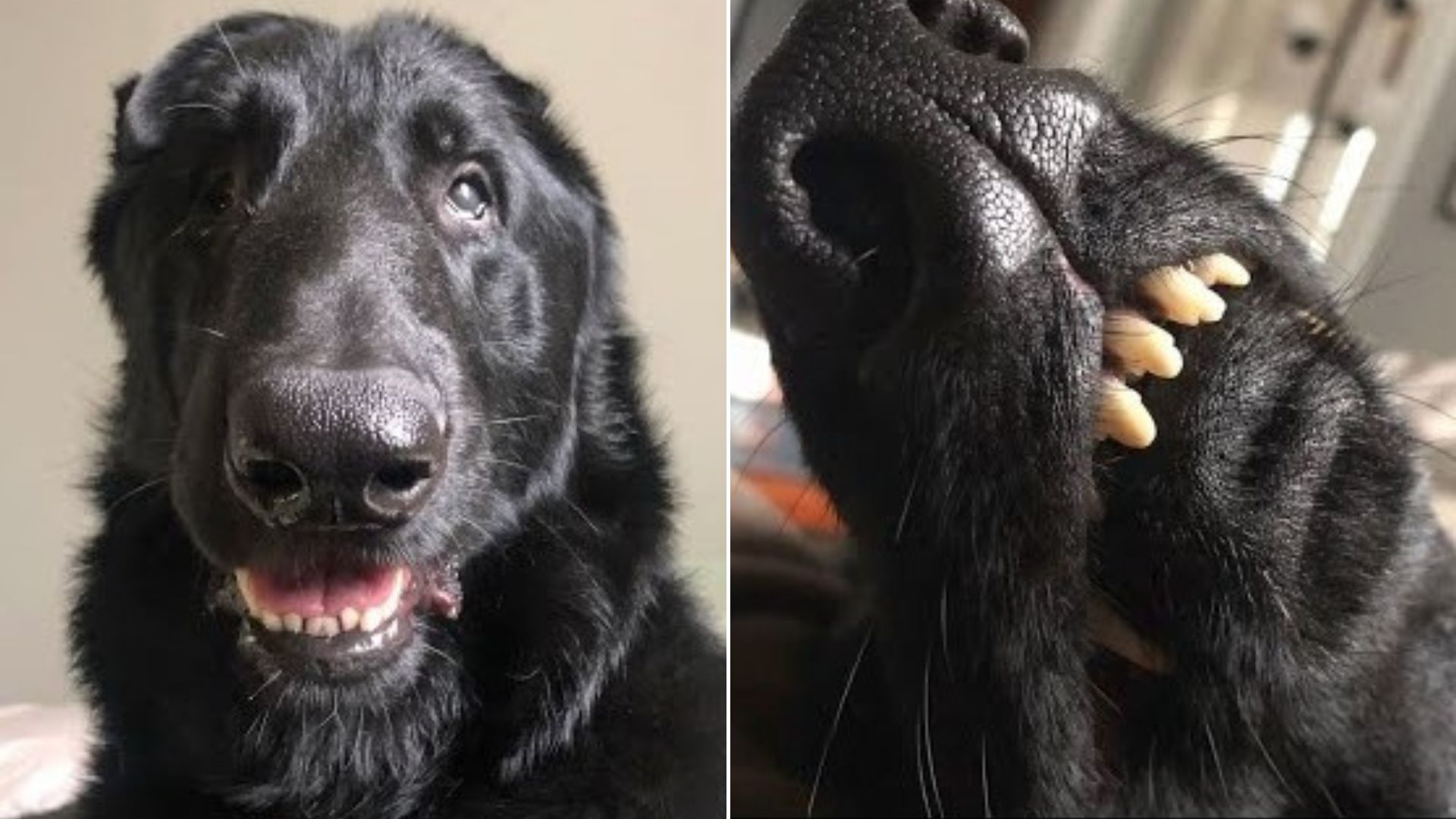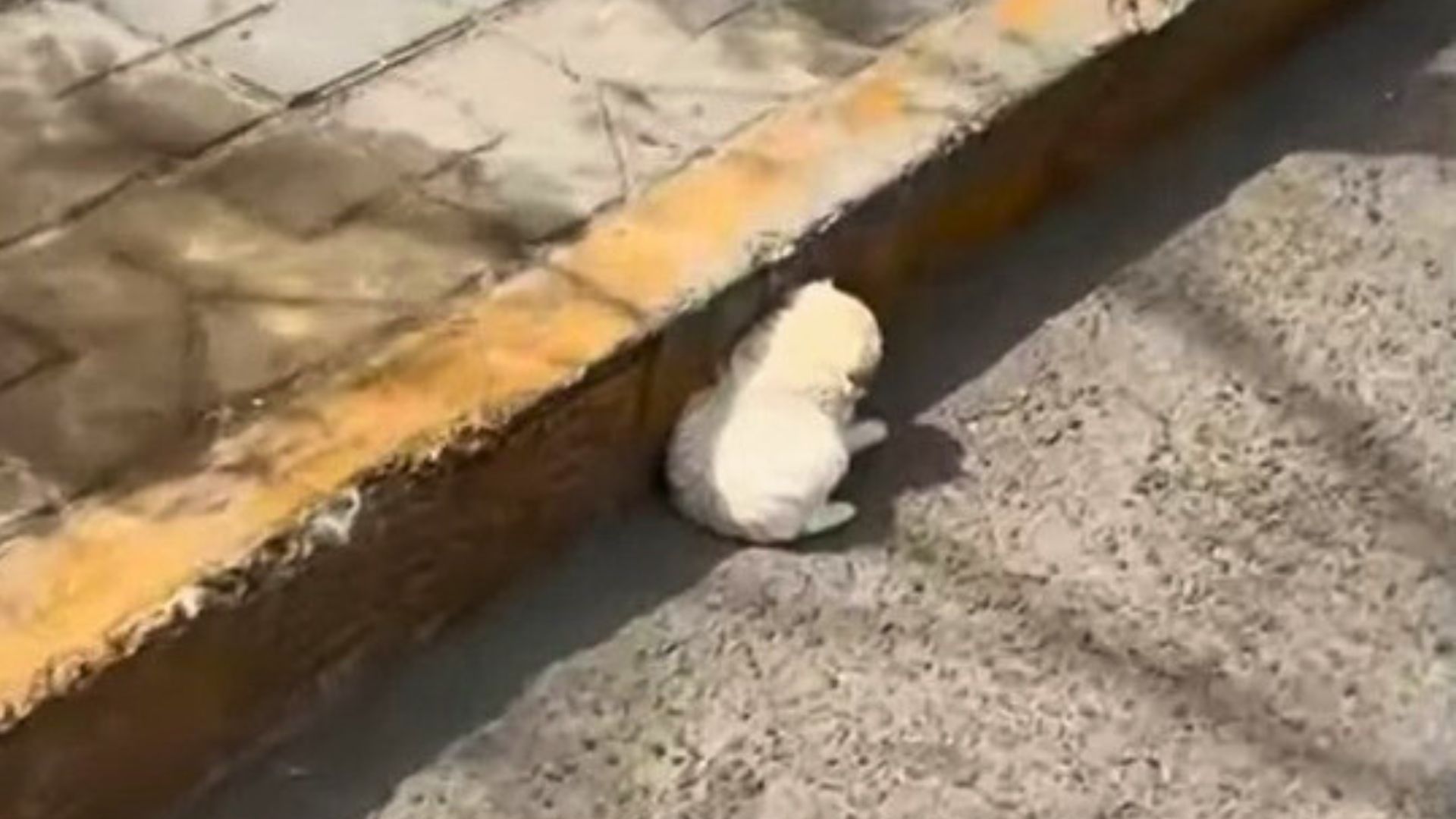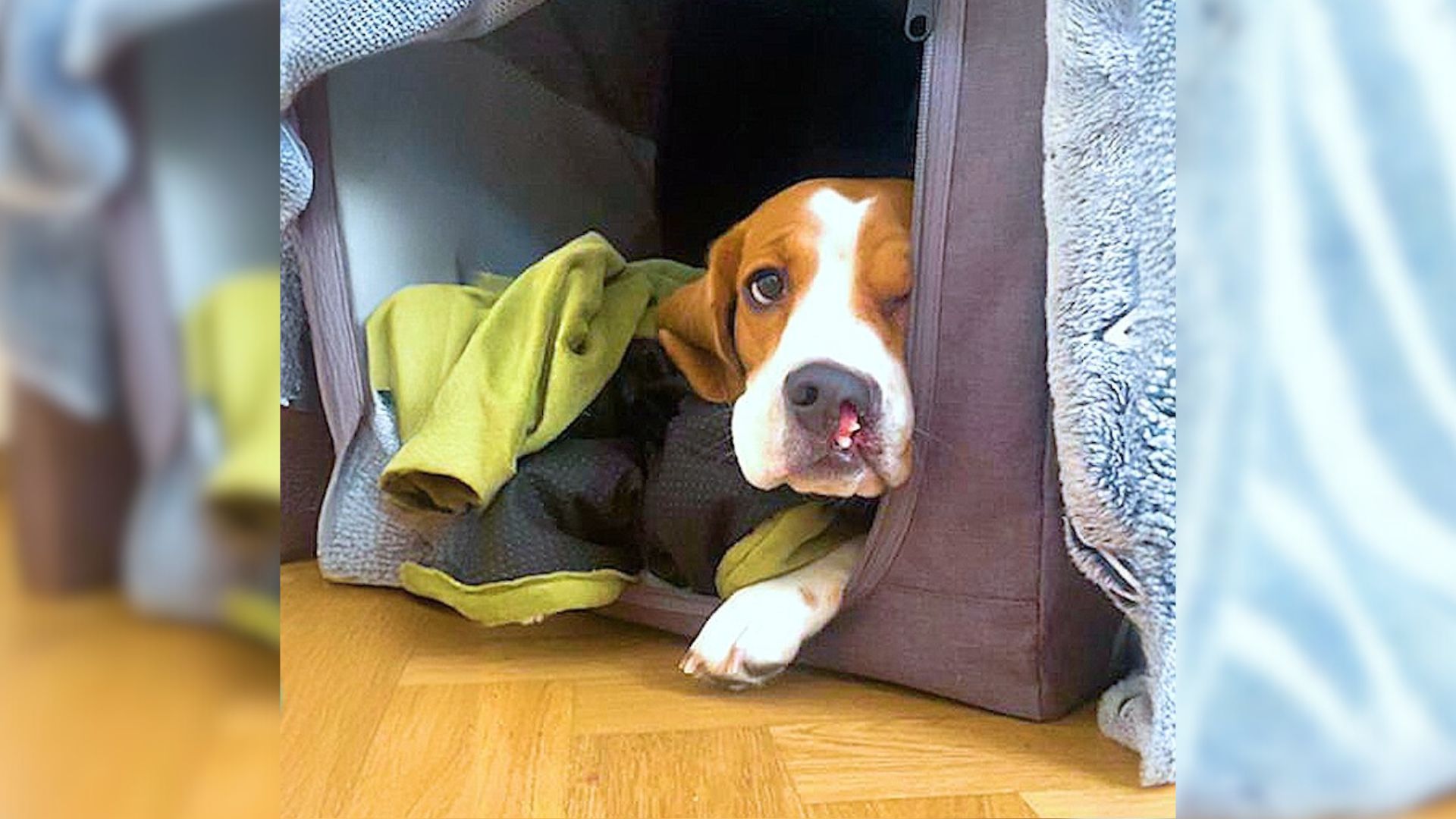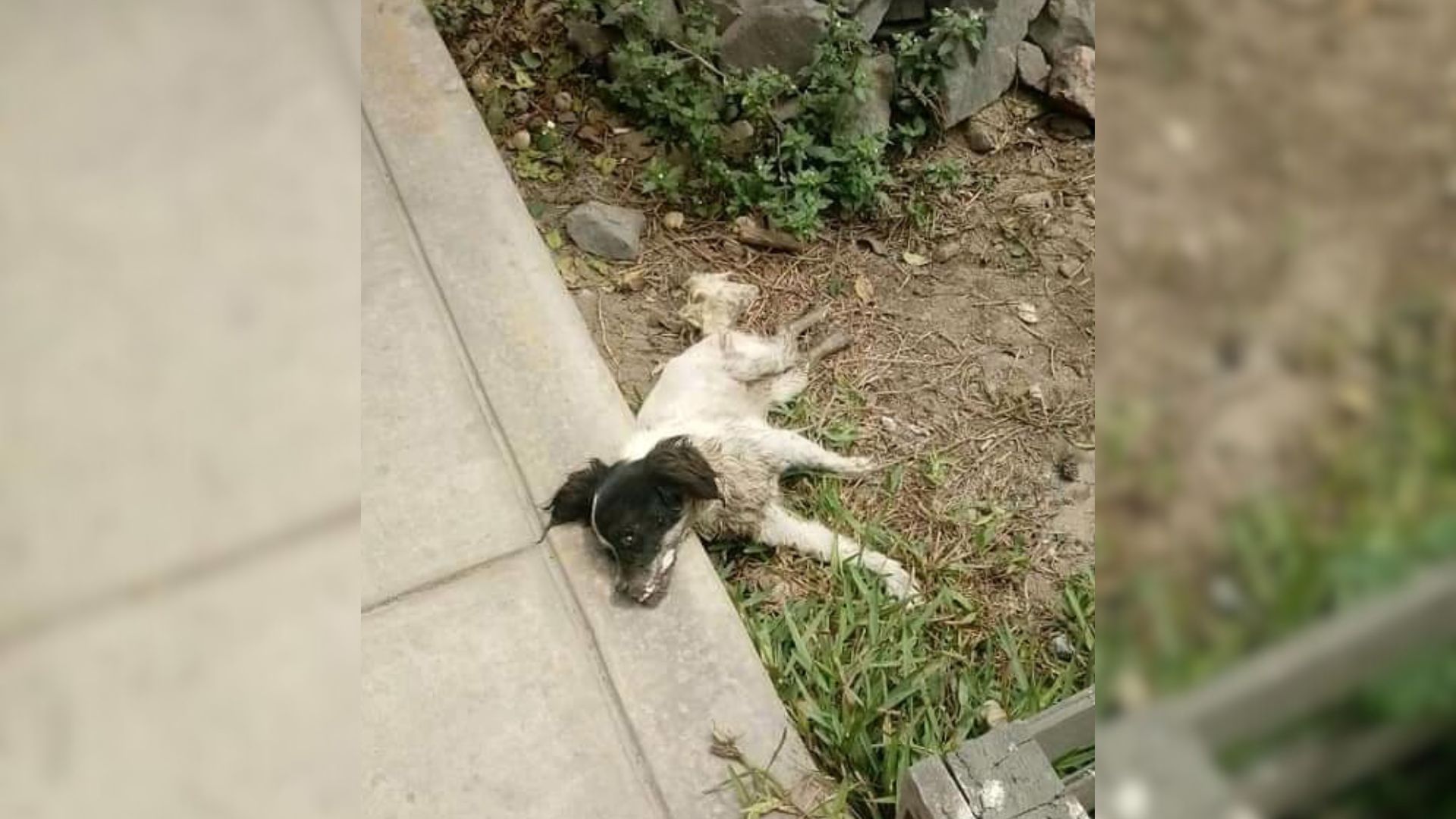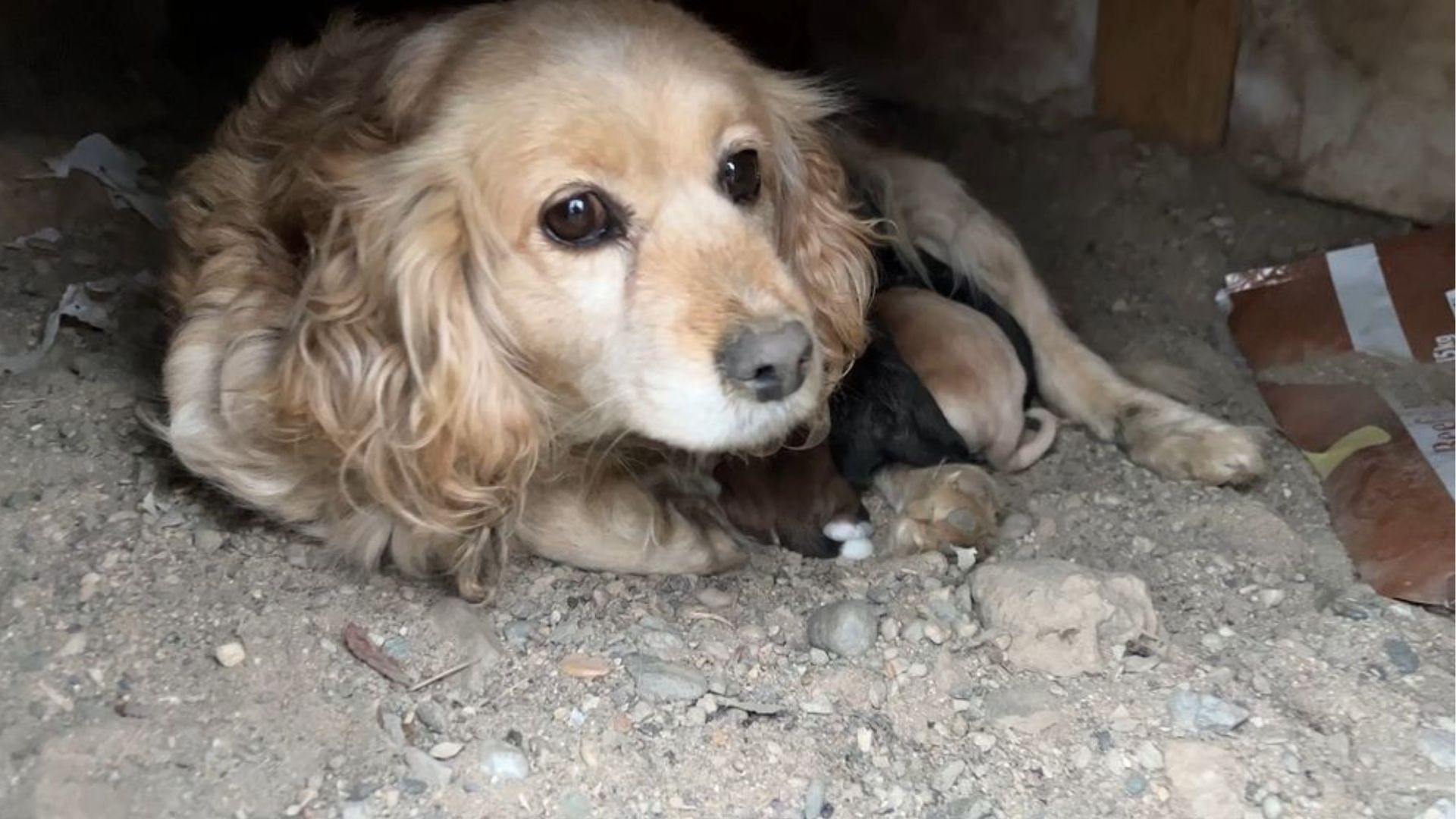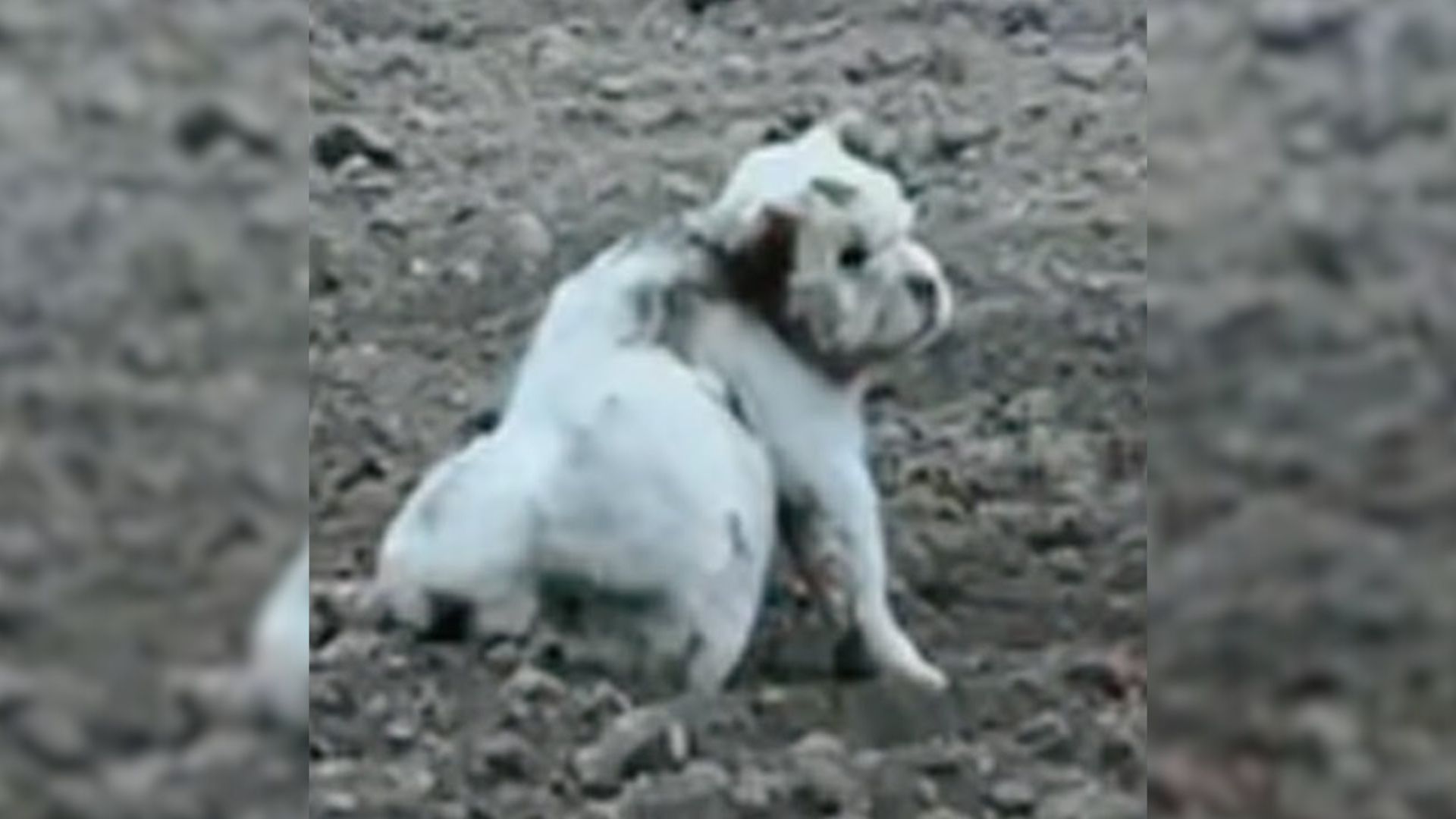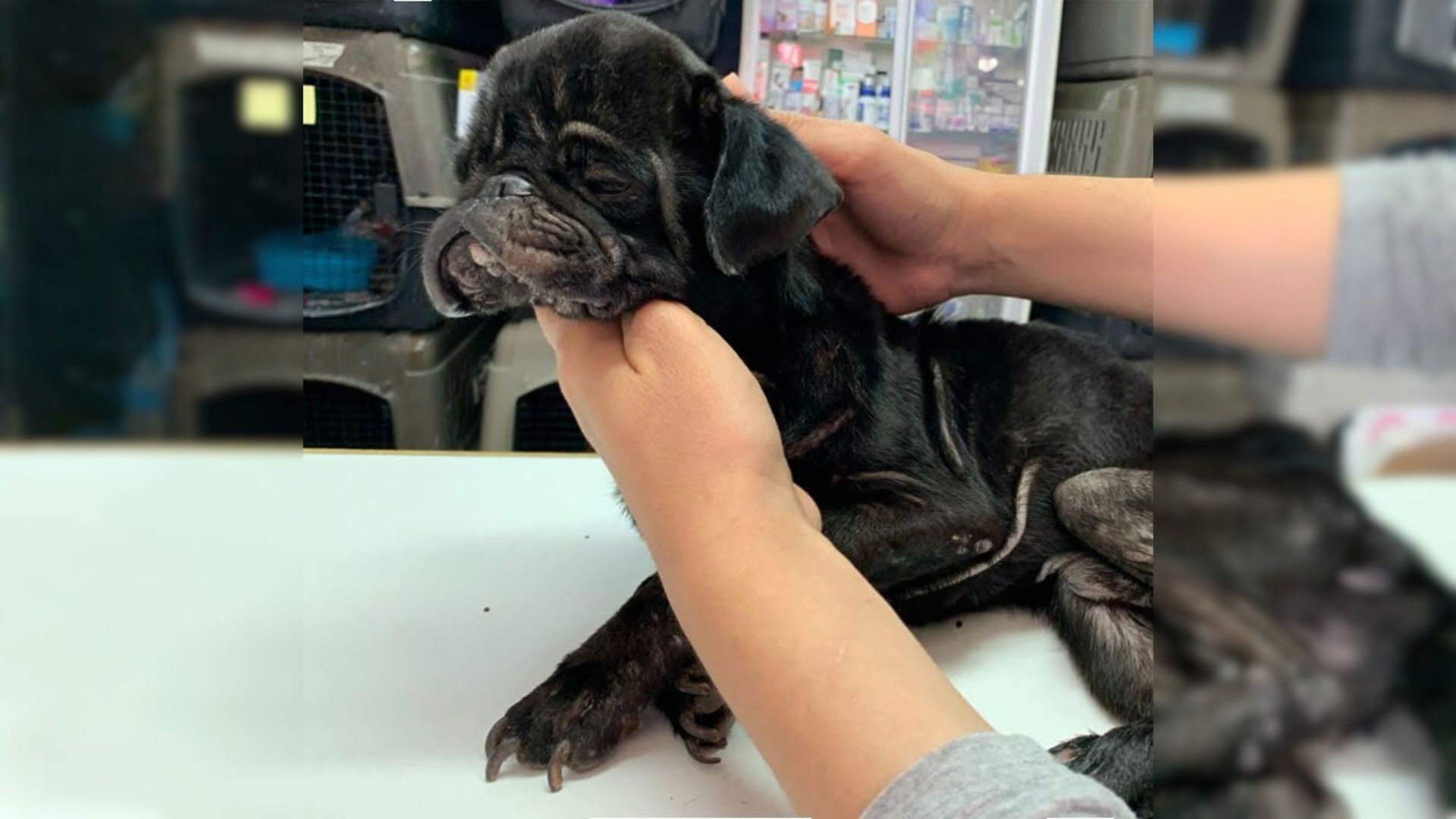As you may already know, human hair tends to change over time.
If you were born with bright blond hair, there is a high possibility that as you grow up from a baby into a child, that blond hair will get darker by just a couple of shades.
The same thing happens to most adults. The older you grow, the more you notice your locks going from that rich dark color to gray. Personally, I love gray hair… I think there is something incredibly unique about it.
So, imagine my surprise when I found out that our doggo friends can do this, too!
Out With The Dark, In With The Gray
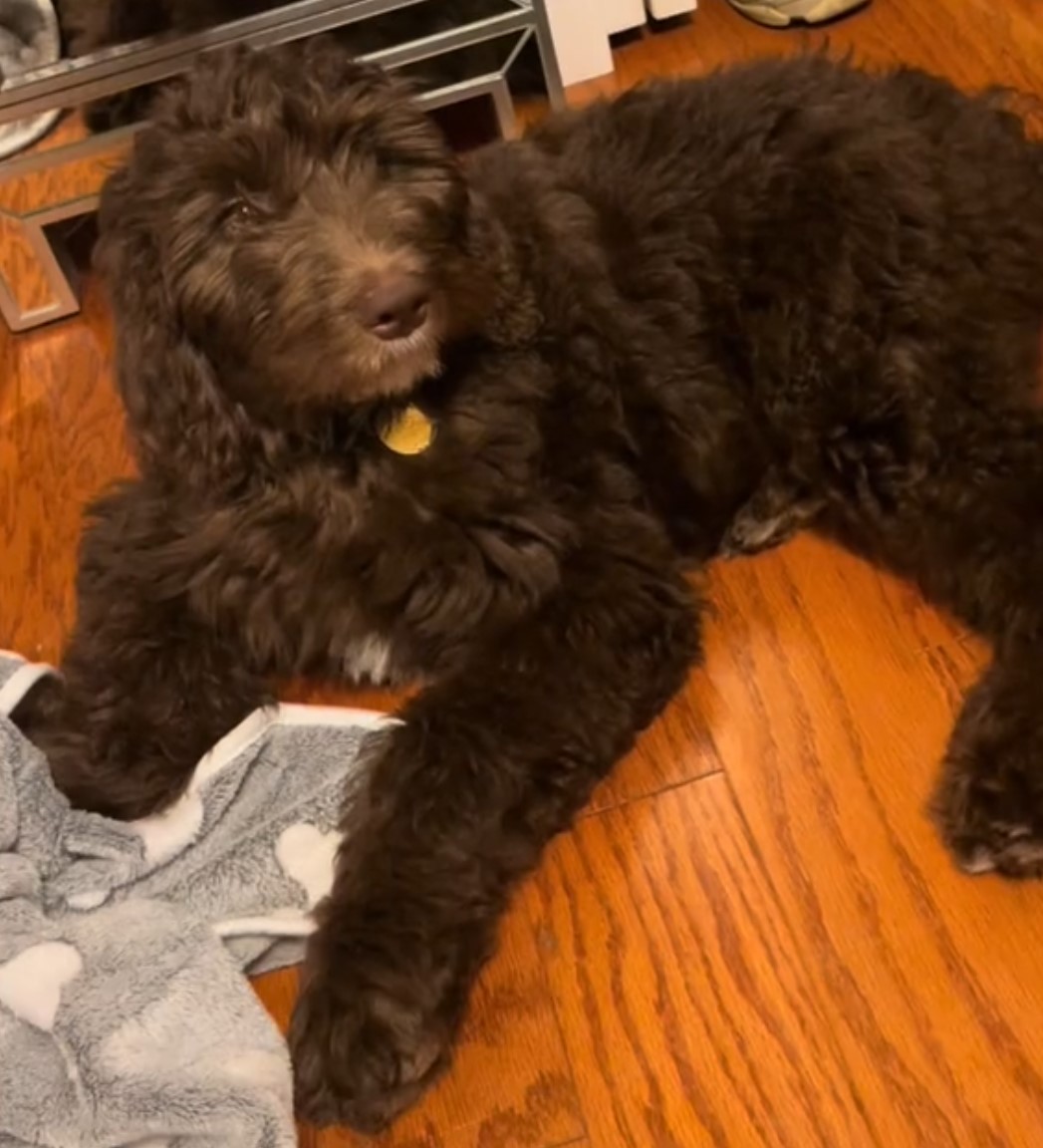
Every dog owner has accepted the fact that their doggos can’t stay puppies forever. As dogs grow up, their puppy features go away and they turn into the most handsome and prettiest boys and girls ever.
And, even though slight changes in their fur are expected, some doggo parents notice that the coats of their furry babies look completely different.
One hooman who experienced this decided to show the entire world just how different her pup was.
In a video posted on TikTok that has since gone viral, the hooman first shows her dog when he was just a year old. He is super adorable, and his chocolate-colored fur is absolutely incredible. The second clip shows the pup looking a little bit different.
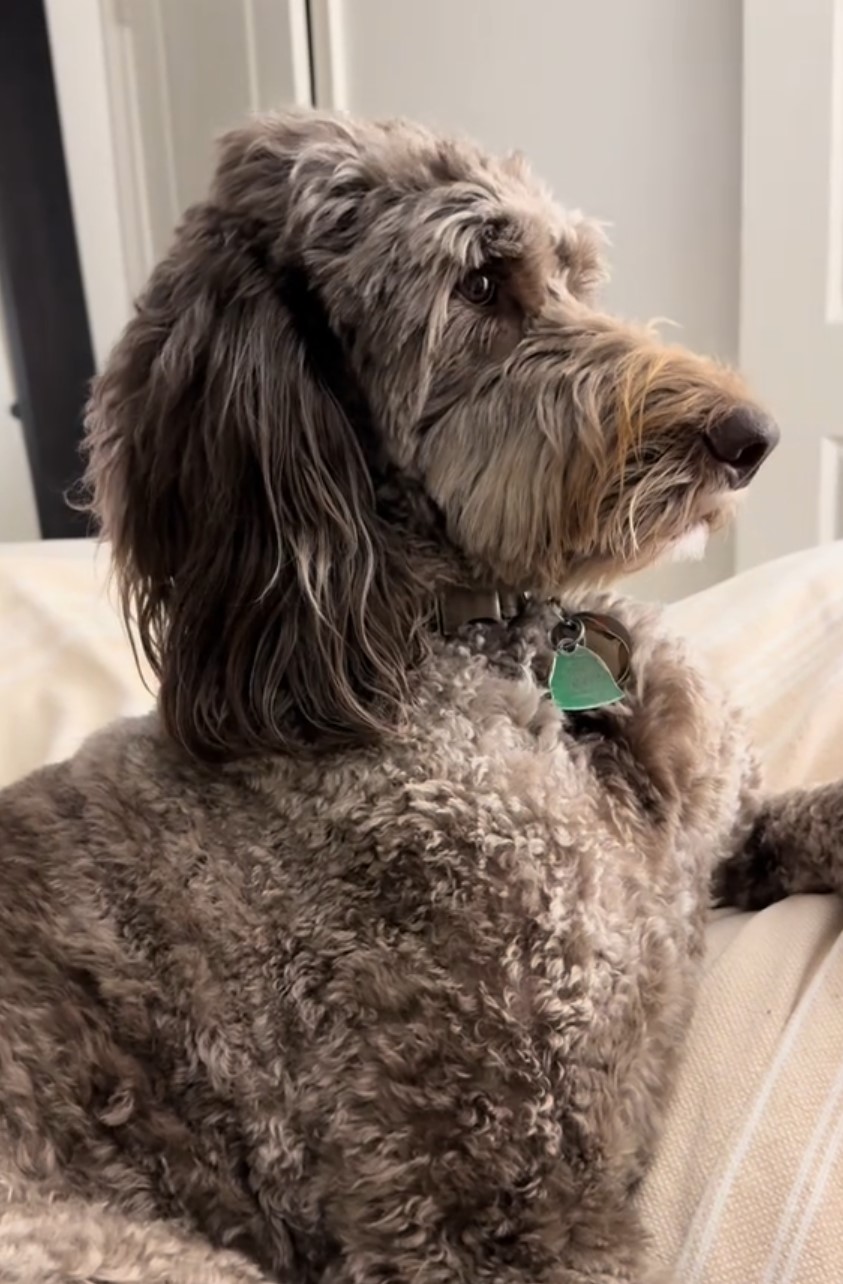
Now almost three years old, the pup seems to have replaced his dark, luscious fur with something a bit lighter.
And, it came as no surprise that the internet absolutely loved it.
One user stated that her pup went through the exact same thing: “My baby yorkie went from black to gray in one year lol.”
Another one experienced the same, commenting: “That’s mine right now, he started black but he’s slowly turning ice gray just like his dad. It’s pretty wild”
One commentator thought that his dog was just a bit stressed: “Awe. Our doodles look the exact same. I thought my kids were just stressing him out and that’s why he was turning gray.”
What Is Going On?
Luckily, there is a perfectly good reason why this is happening – the color-fading gene.
This fascinating genetic trait is primarily linked to progressive graying, where a pupper’s coat lightens or fades as they grow older.
Being controlled by a dominant gene known as the G gene, the production of melanin is significantly decreased. Therefore, a gradual decrease in pigment results in lighter shades as the dog matures.
This mostly occurs within breeds such as the Poodle, the Old English Sheepdog, and some Terrier breeds.
It is important to mention that the color-fading gene does not hurt dogs whatsoever. The change in coat color is a purely cosmetic genetic trait and does not cause any physical discomfort, pain, or health issues.
So, if you notice your pup going through the same, don’t worry – it’s totally natural!


